Custom log home plans offer complete design freedom, tailoring your home to your specific land, lifestyle, and unique vision. However, they are more expensive and require more upfront planning time. Standardized plans offer a pre-designed, budget-friendly, and faster-to-build option with limited customization, potentially resulting in a more uniform, “cookie-cutter” appearance.
The choice depends on your priorities for budget, personalization, time, and the desired aesthetic for your log home. Let’s explore these considerations to help you make the best decision for your new log siding, full log, or timber frame log home.
Custom Log Home Plans
Custom log homes are the epitome of log home construction and living. Your satisfaction is typically based on its pros and cons, including the following:
Pros
- Total Personalization: Plans are tailored to your specific lot, views, and lifestyle, with unlimited modifications possible.
- Material Flexibility: You can choose your preferred wood species, log profiles, and finishing touches.
- Unique Vision: Creates a truly one-of-a-kind gorgeous home that perfectly matches your needs and desires.
- Excellent Energy Efficiency: Your plans can include better quality HVAC systems with the latest options.
- Durability: Your selection of custom materials may provide greater durability.
Cons
- Higher Cost: Custom homes are more expensive per square foot than standardized options.
- Longer Planning: Requires more time upfront for envisioning, creating, and approving the design.
- Longer Construction Time: Due to custom design and materials, it takes longer to build your log home.
Standardized Log Home Plans
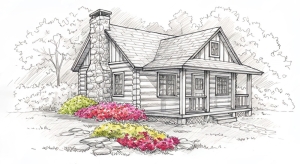 Building your log home with standardized plans is faster and less costly but has limited customization and may have a cookie-cutter appearance. The pros include a more budget-friendly option because the design and materials are pre-planned and often available in kits. The process moves more swiftly through manufacturing and delivery as the plans are already established. Standardized plans offer a simpler, quicker build process, especially if you choose a plan without modifications.
Building your log home with standardized plans is faster and less costly but has limited customization and may have a cookie-cutter appearance. The pros include a more budget-friendly option because the design and materials are pre-planned and often available in kits. The process moves more swiftly through manufacturing and delivery as the plans are already established. Standardized plans offer a simpler, quicker build process, especially if you choose a plan without modifications.
Standardized plans have their cons, such as limited customization that offers fewer options for personalizing the style and structure compared to custom plans. You may end up with a more generic design that is less distinct, and does not completely meet family needs. They may have less integration with the natural land, potentially requiring extensive site preparation.
“The choice depends on your priorities for budget, personalization, time, and the desired aesthetic for your log home.”
Standardized Log Home Plans (Kits)
Log home kits offer a more simplified way to build a log siding or full log home. Some homeowners are happy with the finished result, while others are not, and here’s why:
Pros
Kits can offer a pleasing appearance, and there may be several plan options.
Potential cost savings are typically a plus because an architect is not involved.
Homeowners can experience hands-on building involvement when they have woodworking knowledge and skills.
Kits can offer simplified material ordering and construction processes.
Kit companies often provide high-quality, pre-prepared log siding or logs that are cut to fit the home’s design.
Cons
The homeowner acts as the general contractor, and that takes up a lot of time.
There may be hidden costs in some kits.
Extensive maintenance may be required in the future.
Kits typically contain only structural components.
The buyer must contract and pay for plumbing, electrical, an HVAC system, interior, flooring, cabinetry, and exterior finishing materials.
The buyer may be required to pay for the foundation and roofing.
Materials left on the ground too long may begin to deteriorate.
Key Considerations When Choosing
Selecting the best log home plans is a personal decision that must be made with care and precision. The place to start is creating a specific budget for all material, labor, permits, and transportation costs. Your home contractor plays a major role in negotiating a budget. Standardized plans are more economical, while custom plans have a higher price point.
If a unique, personalized design is your top priority, custom planning is the way to go; otherwise, a standardized plan is a flexible option. Standardized plans offer a quicker time frame to construction. Custom plans can be designed around your specific lot and any local building codes, something standard plans might not accommodate as well.
Think about the possibility of doing some of the work yourself or involving family and friends in the home construction. This can save a lot of money if you have the time, woodworking skills, and knowledge. You can also save money by shopping for and purchasing some of the building materials.
The Most Economical Way To Build A Log Home
In your planning, have you discovered the most economical way to build a log home? It’s by installing pine log siding instead of using full logs or timber frames. The reasons why include:
- The log siding is attached to conventional wall framing to reduce material and labor costs for installation.
- Installing log siding is faster and easier with tongue and groove, end-matching boards.
- Log siding is available in unfinished and pre-finished conditions. Matching corner systems and log trims are available to complete the job.
- Pine siding can be installed by homeowners with woodworking knowledge and skills.
We hope these ideas will help you make the best decision about your log home plans. Let us help you with your building materials and enjoy your new home.

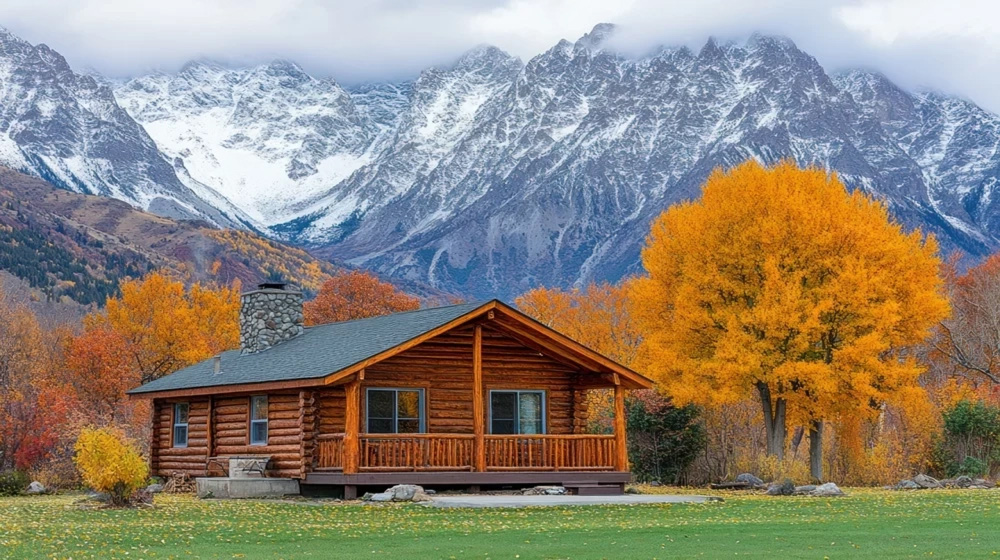
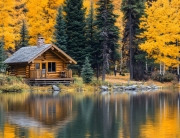
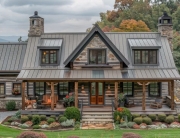
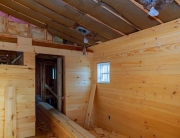
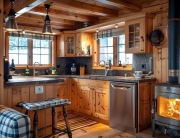
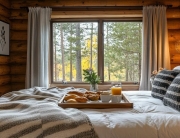
Recent Comments